
Exploring the Supernatural Streets of Ghostwire: Tokyo
Contents
The 2021 film We Couldn’t Become Adults offers a poignant glimpse of a desolate Tokyo under lockdown. The most striking scene features two old friends walking through eerily empty streets. Its power lies not in their dialogue, but in the unsettling backdrop of a silent city. This deserted Tokyo, far from the bustling Shibuya crossing and crowded subways, becomes a powerful narrative tool, perfect for stories of urban anxiety or, perhaps, a modern ghost story. And that’s precisely where Ghostwire: Tokyo takes us. Let’s explore this supernatural rendition of a sleeping Tokyo, brought to life by Tango Gameworks and published by Bethesda.
A Supernatural Shibuya Under a Perpetual Night Rain
A mysterious fog has swept through Tokyo, leaving behind empty clothes and vanishing residents. This intriguing premise provides fertile ground for Ghostwire: Tokyo to showcase a meticulously detailed and hauntingly beautiful Shibuya. From bustling shopping districts and towering skyscrapers to narrow back alleys and even the sewer system, Tango Gameworks has painstakingly recreated Tokyo with stunning realism.
 A rain-soaked street in Ghostwire: Tokyo
A rain-soaked street in Ghostwire: Tokyo
This incredible attention to detail amplifies the game’s eerie atmosphere. A Tokyo that remains “alive” with its lights, sounds, and bustling energy, despite being devoid of human life, is truly unsettling. Shibuya’s iconic scramble crossing and the vibrant Neon Enzan district continue their dazzling displays, yet there’s no one around to witness them. Advertisements for exciting new products and restaurant specials stand untouched, surrounded by piles of clothing left by vanished patrons.
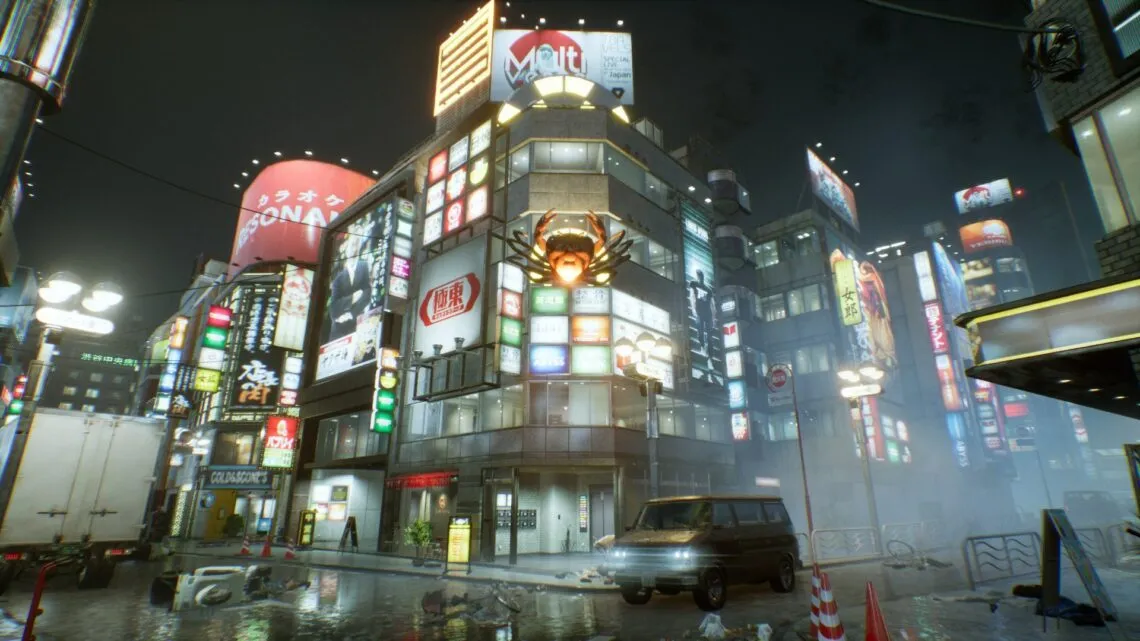 Empty streets with discarded clothing in Ghostwire: Tokyo
Empty streets with discarded clothing in Ghostwire: Tokyo
Venturing further from the city center, the silence deepens, but the remnants of a busy society persist. School uniforms lie scattered at bus stops, bicycles lay abandoned in alleyways, newspapers are crumpled and soaked by the rain, and offerings sit undisturbed in graveyards. Supernatural elements add another layer of unease. Torii gates, seized by the game’s antagonists, open pathways for spirits from the underworld, while spectral trees sprout from the earth.
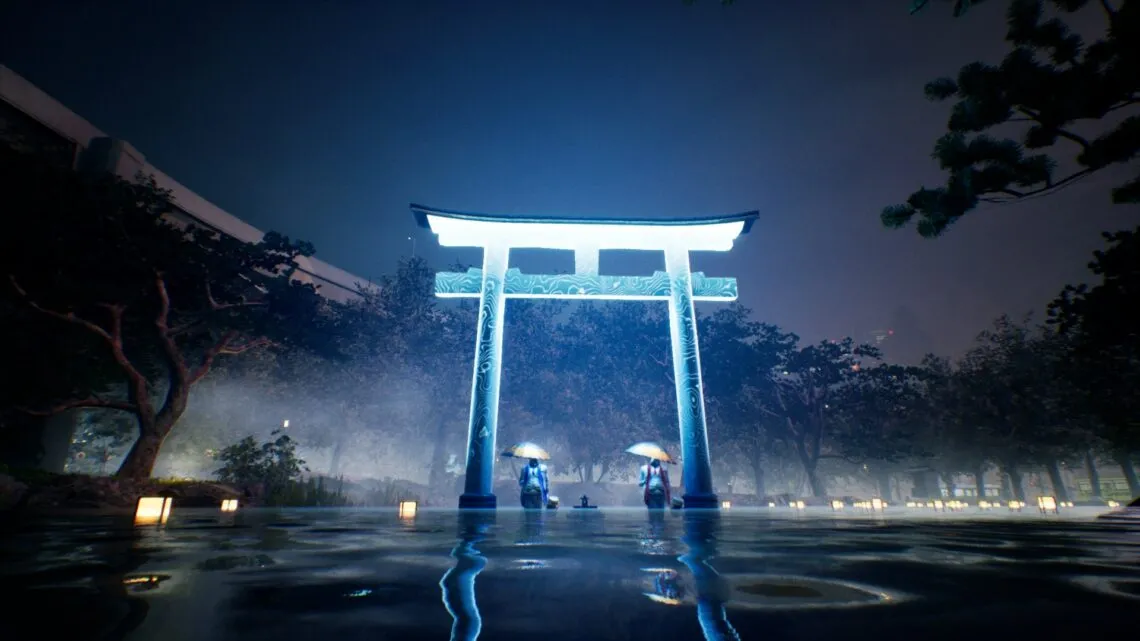 A Torii gate in Ghostwire: Tokyo
A Torii gate in Ghostwire: Tokyo
These carefully placed details paint a picture of a Tokyo frozen in time, yet eerily continuing its existence. The combination of the game’s themes with a hyperrealistic Shibuya makes Ghostwire: Tokyo‘s setting incredibly compelling.
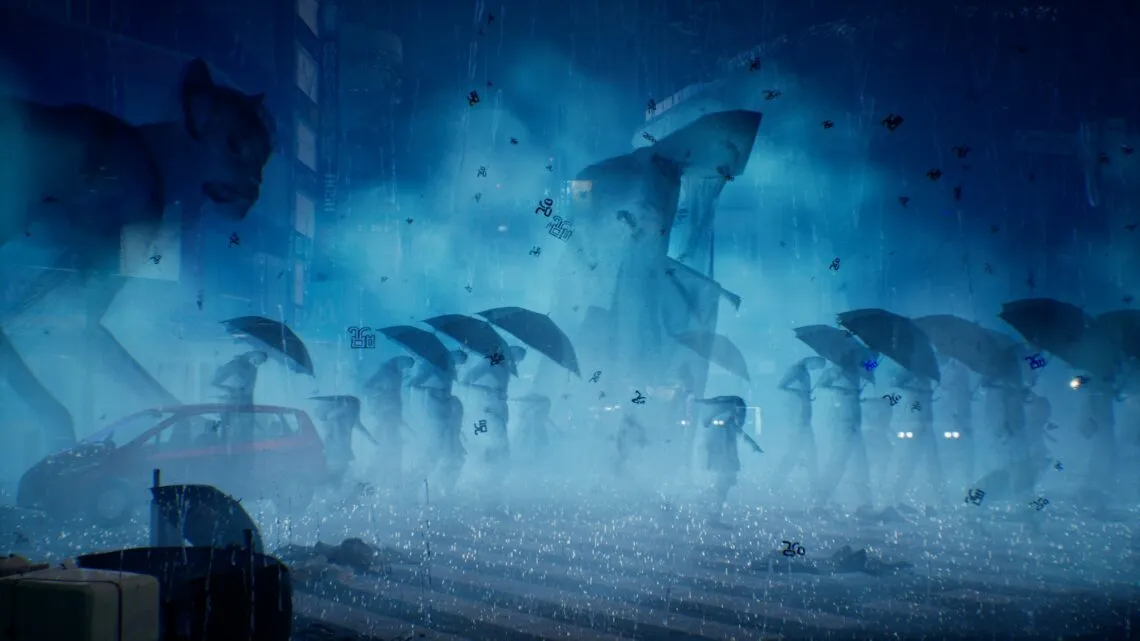 A view of Tokyo in Ghostwire: Tokyo
A view of Tokyo in Ghostwire: Tokyo
Old Traditions in a New World
Within this meticulously crafted world, the new “inhabitants” further enrich Ghostwire: Tokyo‘s narrative. Japan’s rich cultural heritage seamlessly blends with its technological advancements, and Tango Gameworks reflects this duality in the game’s artistic direction.
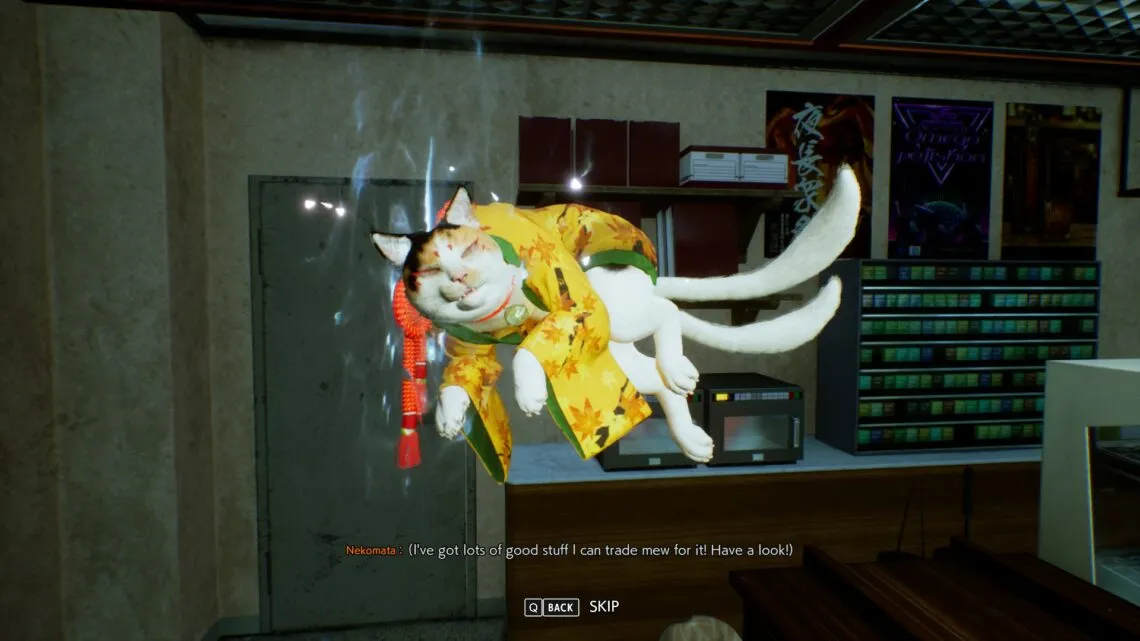 A Nekomata shopkeeper in Ghostwire: Tokyo
A Nekomata shopkeeper in Ghostwire: Tokyo
From the smallest details, like raindrops rendered as the traditional Kanji character for “rain” (雨), to Nekomata shopkeepers in kimonos running convenience stores, the game embraces Japanese tradition within a modern setting. This attention to detail extends to character and enemy design. The main antagonists sport stylish techwear, juxtaposed with cracked and weathered Noh masks, each representing a different traditional demon.
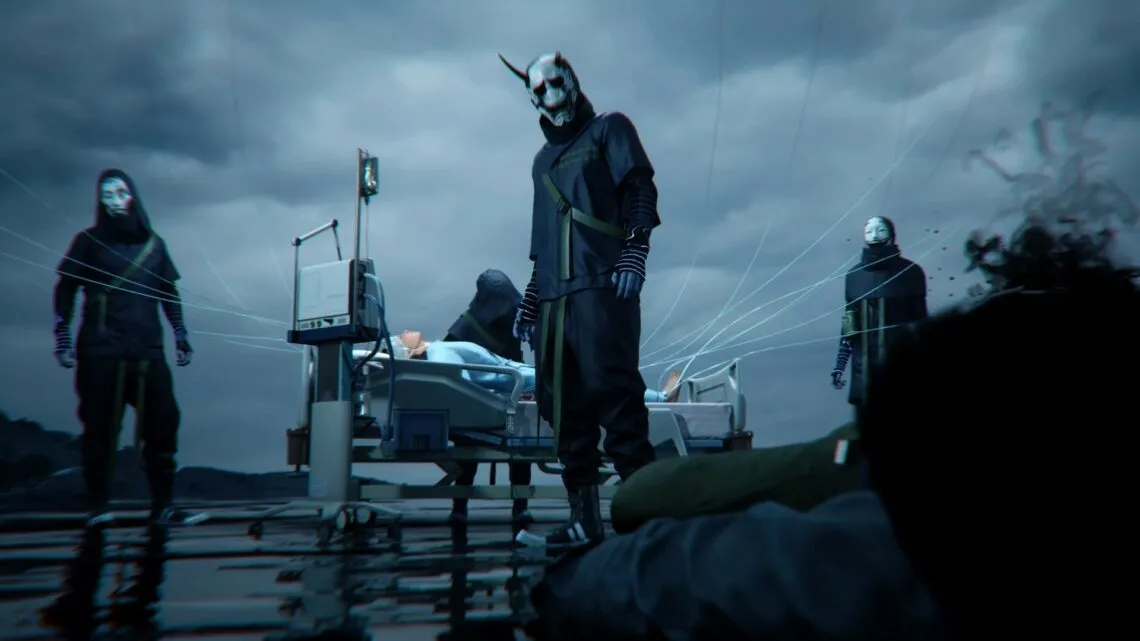 Enemies wearing Noh masks in Ghostwire: Tokyo
Enemies wearing Noh masks in Ghostwire: Tokyo
The game’s common enemies, known as “Visitors,” embody urban legends of societal pressures, appearing as eyeless, listless figures. More menacing figures like the Kuchisake-Onna (Slit-Mouthed Woman) add to the chilling roster.
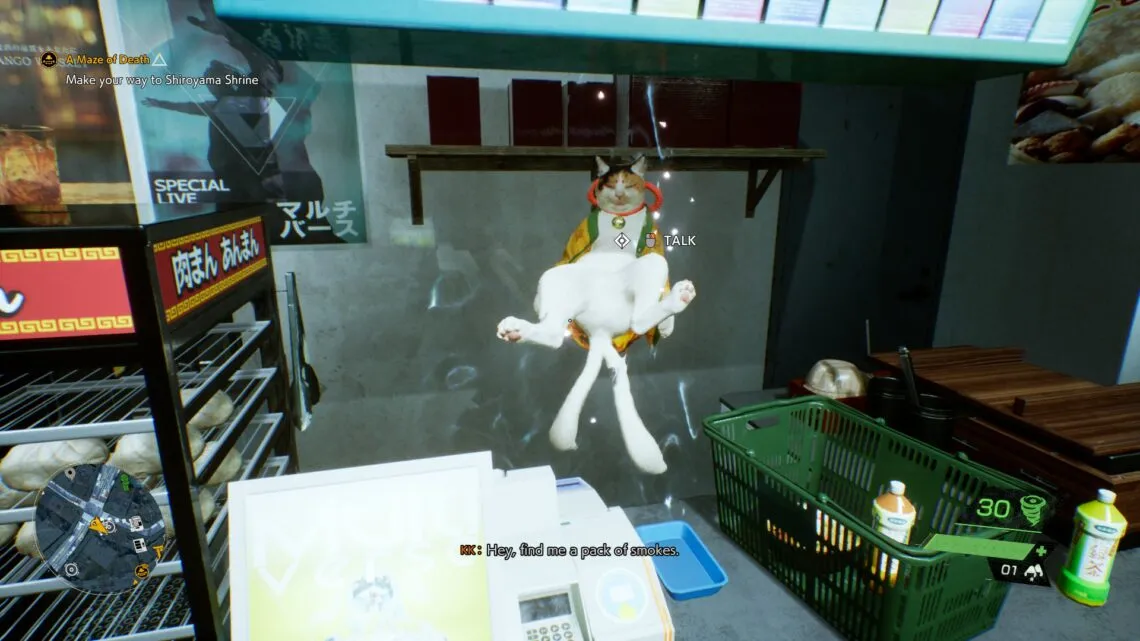 Kuchisake-Onna in Ghostwire: Tokyo
Kuchisake-Onna in Ghostwire: Tokyo
Not all yokai are malevolent. Benevolent spirits play specific roles, like the Koppa-Tengu serving as grappling points or Nekomata acting as vendors. Side quests introduce players to other friendly yokai, delving into Japanese folklore and requiring specific items to find them, like rice cakes for Zashiki-warashi, cucumbers for Kappa, and keen-nosed dogs for Oni.
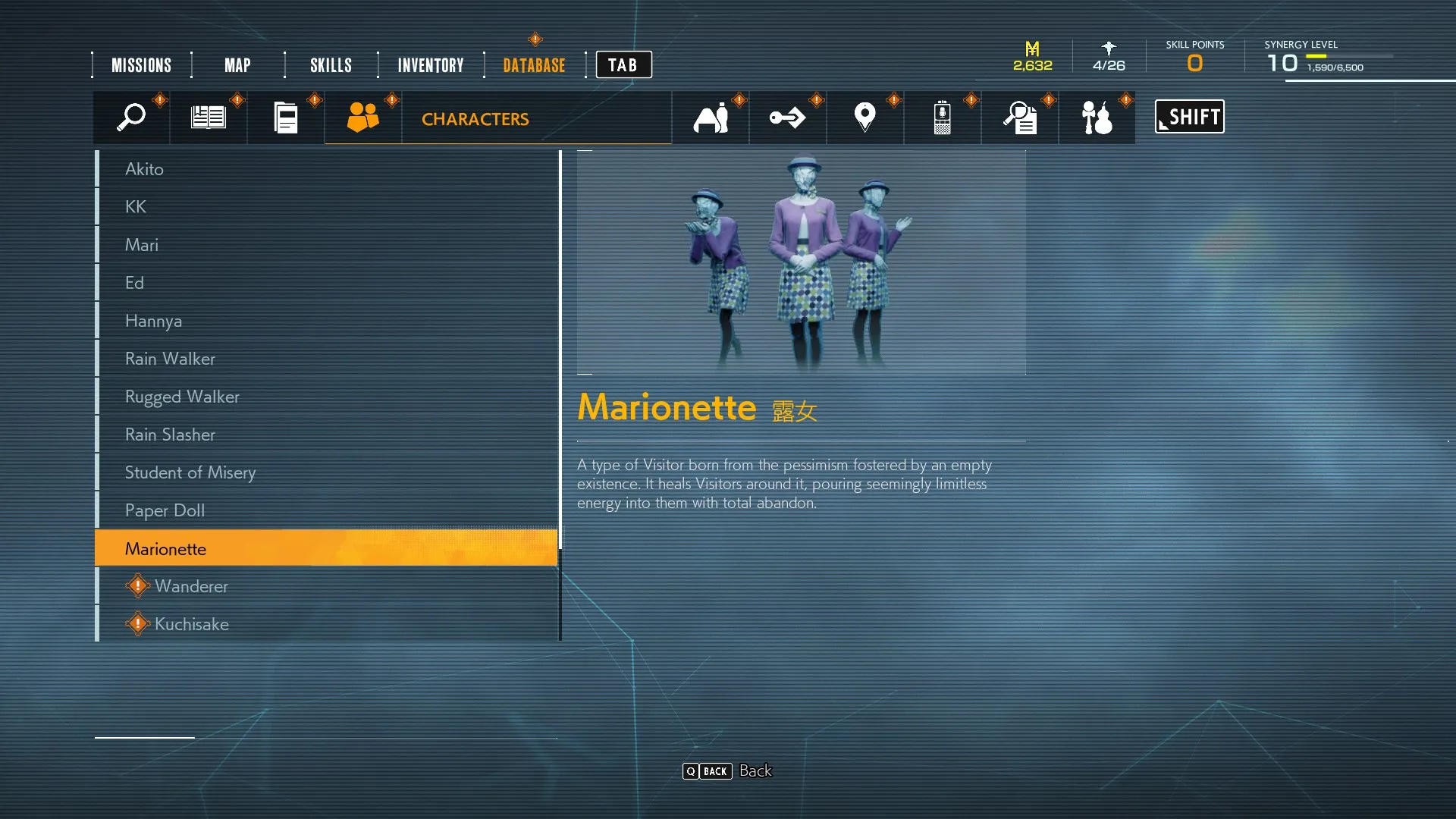 Akito interacting with a yokai in Ghostwire: Tokyo
Akito interacting with a yokai in Ghostwire: Tokyo
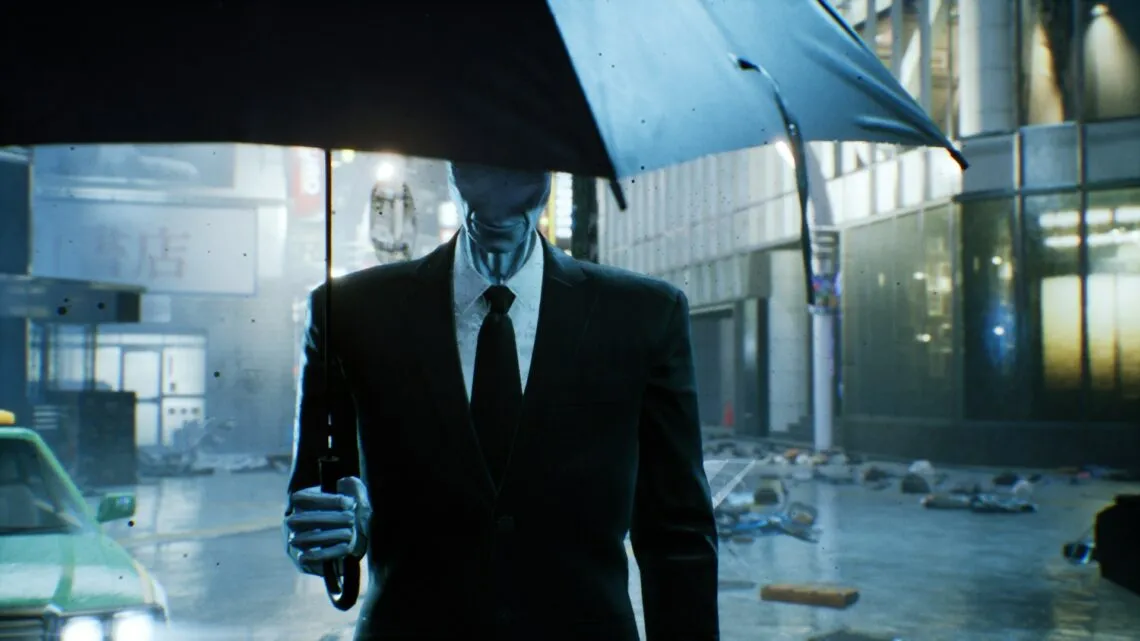 Akito performing a ritual in Ghostwire: Tokyo
Akito performing a ritual in Ghostwire: Tokyo
These meticulously designed spirits, both friendly and hostile, create a rich cultural experience for players.
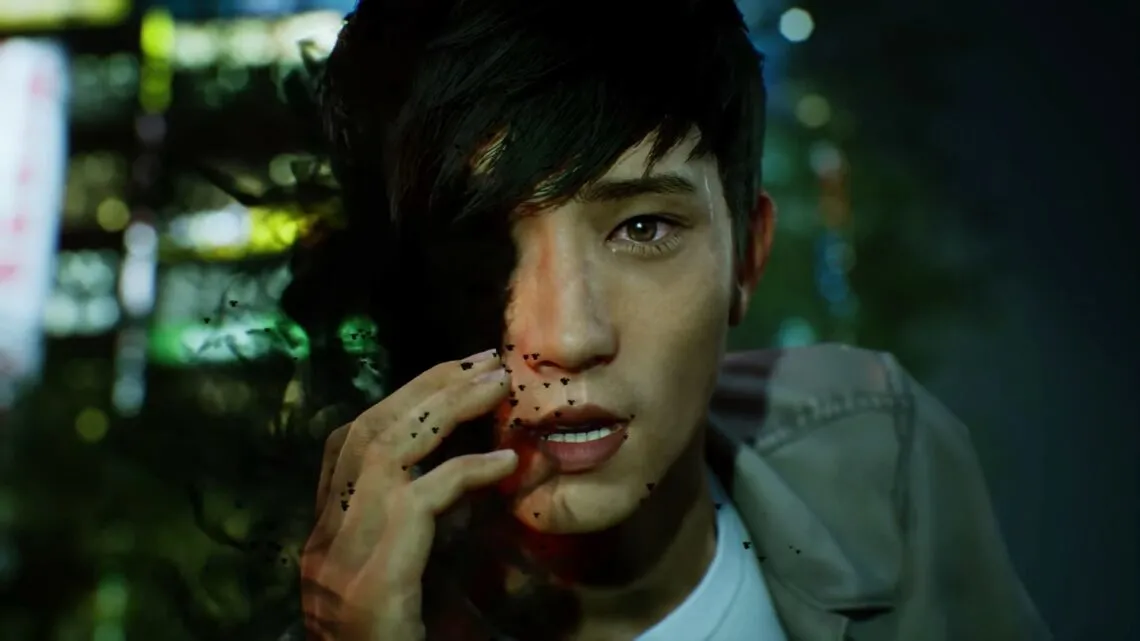 A scenic view in Ghostwire: Tokyo
A scenic view in Ghostwire: Tokyo
A Supernatural Detective Duo
The captivating world of Ghostwire: Tokyo is brought to life by a compelling narrative. Players control Akito, a young man fatally struck by a car while visiting his hospitalized sister. Simultaneously, Hannya, the game’s antagonist, unleashes a fog that causes souls to leave their bodies, setting the stage for a Hyakki-yakou (Night Parade of One Hundred Demons). However, Akito is saved by the spirit of KK, Hannya’s rival and a seasoned detective, who merges with his body. Together, they confront the supernatural threat engulfing Tokyo.
 Akito and KK in Ghostwire: Tokyo
Akito and KK in Ghostwire: Tokyo
While the game’s initial narrative feels somewhat clunky, it quickly finds its footing. The relationship between Akito and KK evolves from an uneasy partnership to a compelling dynamic. Their interactions, through dialogue and gameplay, reflect their growing bond.
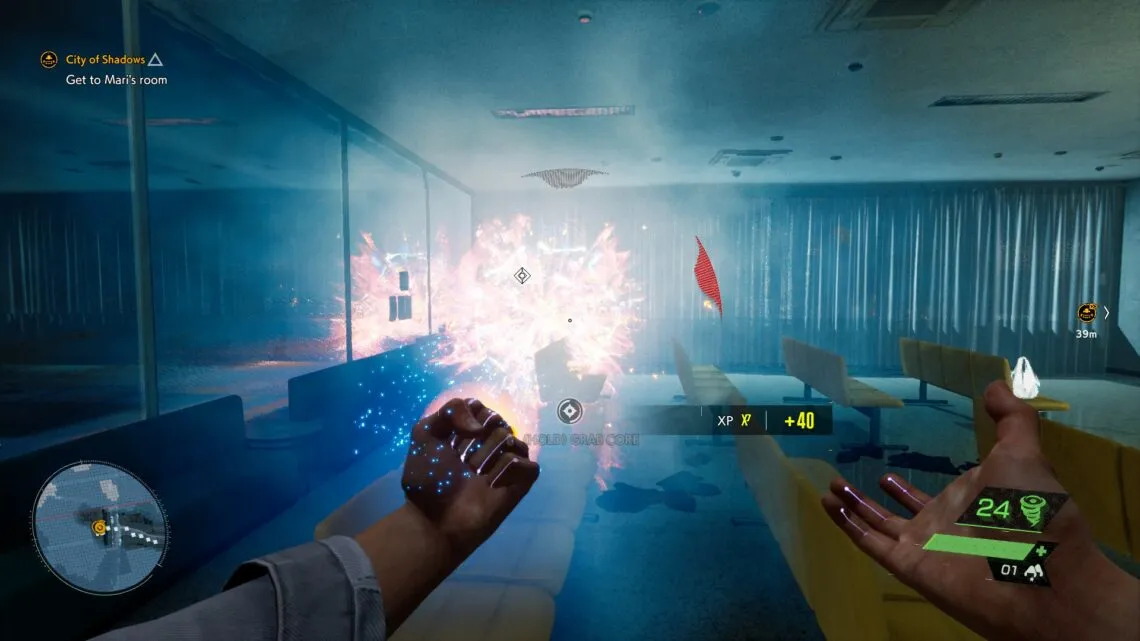 Akito and KK investigating in Ghostwire: Tokyo
Akito and KK investigating in Ghostwire: Tokyo
The game’s visual storytelling is equally impressive. Sequences like descending into an abandoned subway station, filled with ethereal phenomena and chilling encounters, are visually stunning. From impossible architecture to otherworldly realms, Tango Gameworks utilizes its artistic talent to create memorable narrative moments.
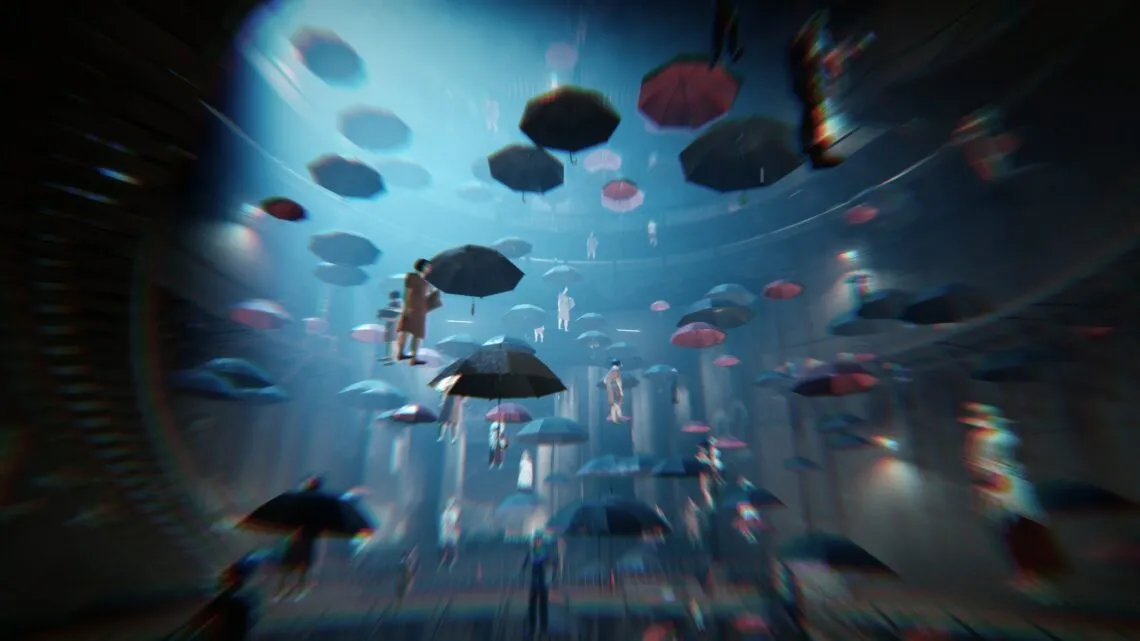 A supernatural scene in a subway station
A supernatural scene in a subway station
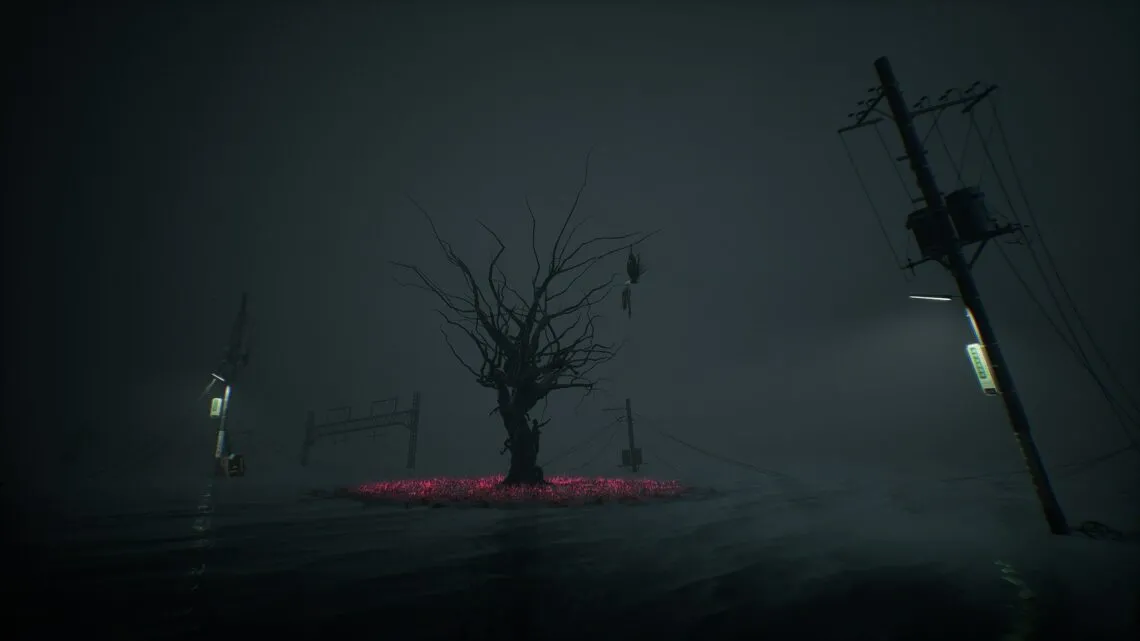 A visually striking scene in Ghostwire: Tokyo
A visually striking scene in Ghostwire: Tokyo
The influence of Ikumi Nakamura and Kenji Kimura is evident in the game’s striking visuals and mind-bending environments. Even side quests, like exploring a haunted hospital shifting between past and present or a spectral train station, showcase the team’s creativity and attention to detail.
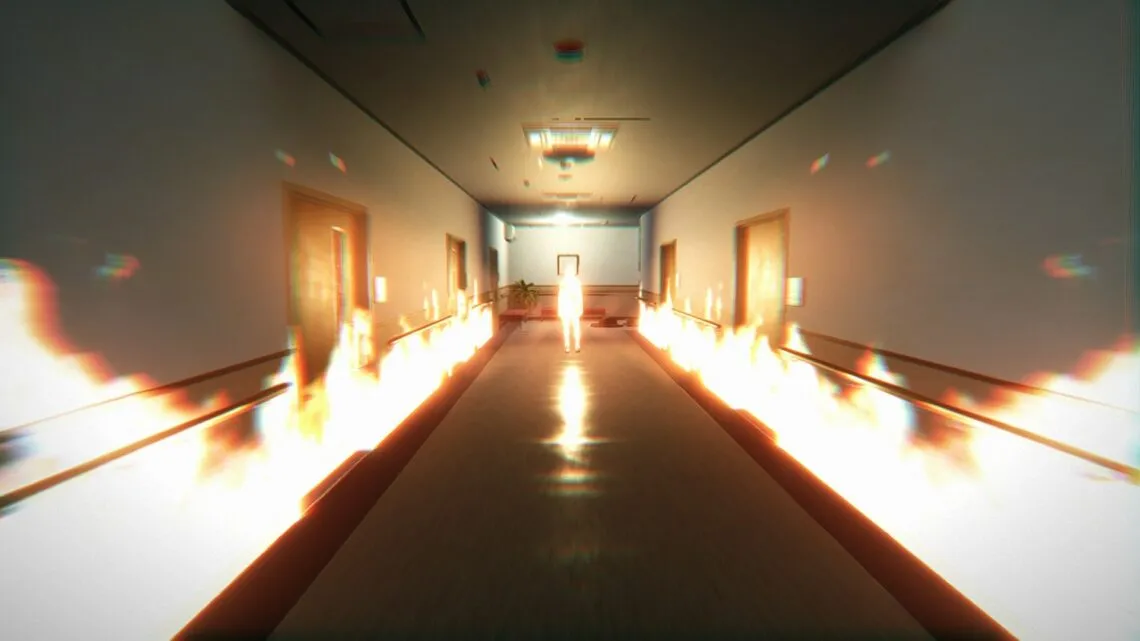 Akito using his powers in Ghostwire: Tokyo
Akito using his powers in Ghostwire: Tokyo
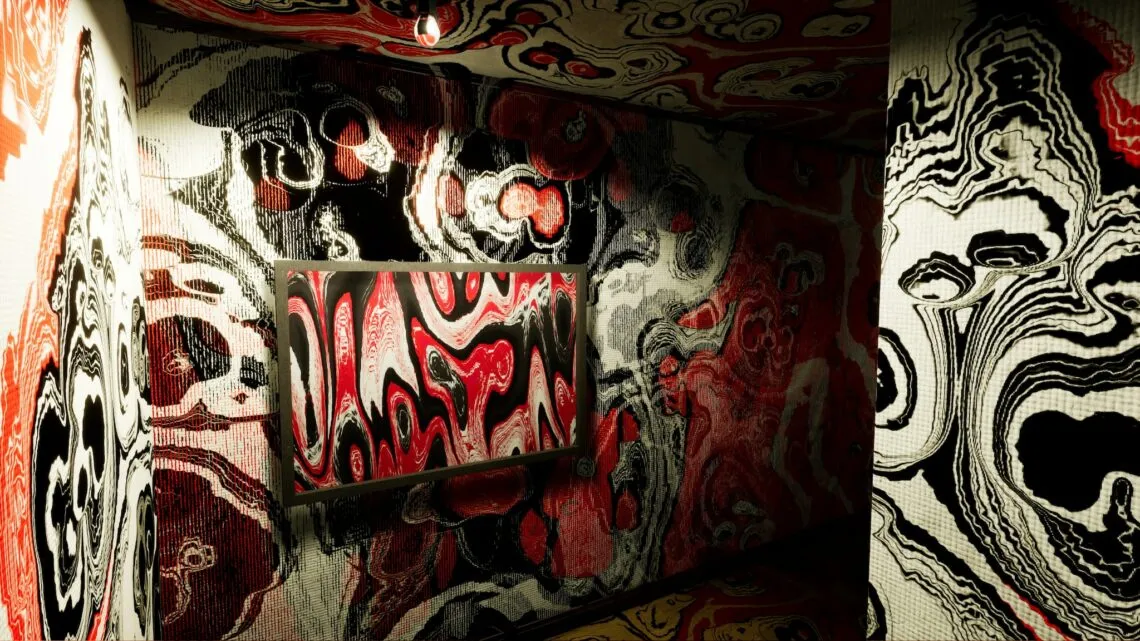 A promotional image for Ghostwire: Tokyo
A promotional image for Ghostwire: Tokyo
This blend of creative ideas and meticulous craftsmanship makes Ghostwire: Tokyo a remarkable audiovisual experience, offering a unique perspective on Shibuya and Japanese culture. The game’s exploration of tradition within a modern setting truly shines through its narrative and visual presentation.
Treading Familiar Ground
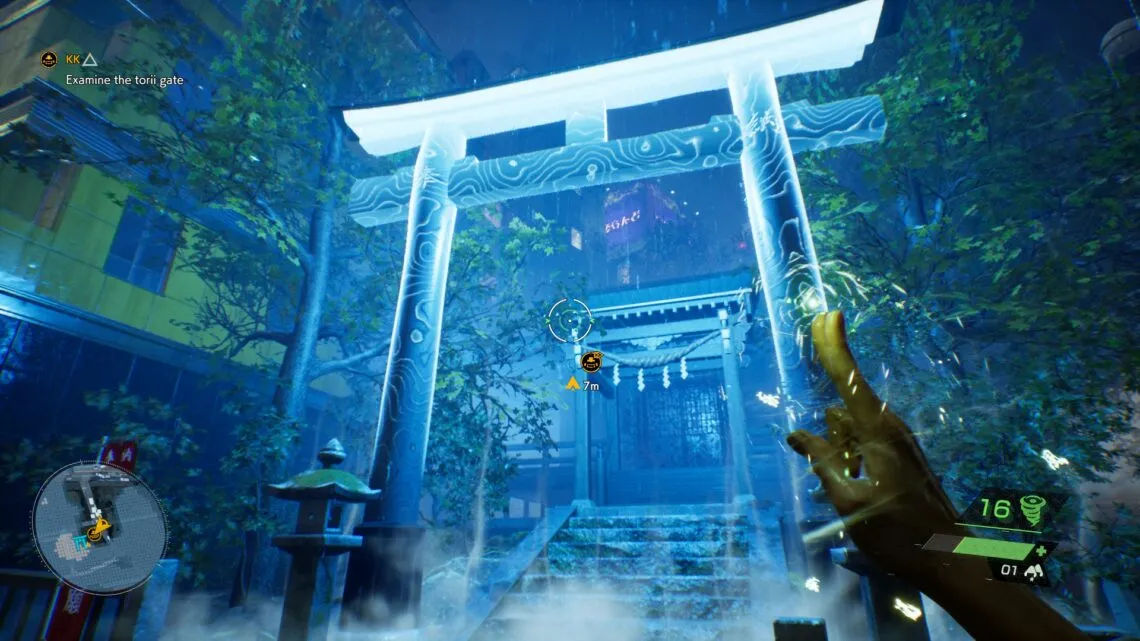 Akito facing enemies in Ghostwire: Tokyo
Akito facing enemies in Ghostwire: Tokyo
While Ghostwire: Tokyo excels in its world-building and narrative, its gameplay unfortunately falls short. Tango Gameworks has never been known for innovative gameplay mechanics, and Ghostwire: Tokyo follows this trend. The open-world structure, with its action-stealth-liberation loop, feels restrictive and repetitive. Players are prevented from exploring certain areas until cleansing nearby Torii gates, a mechanic that feels unnecessarily limiting.
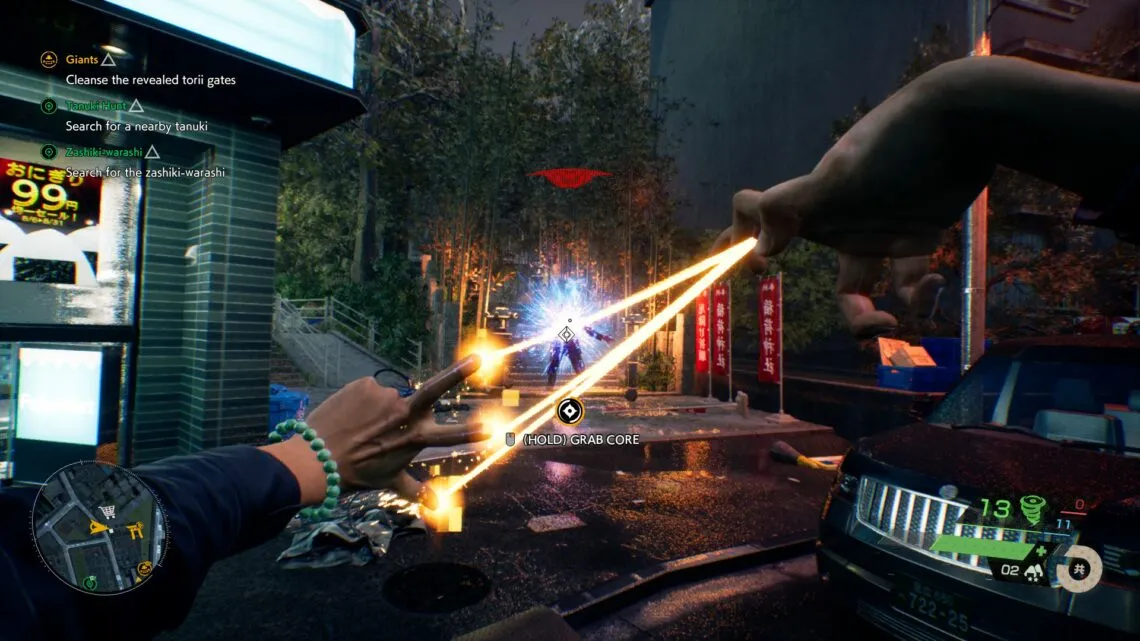 Akito cleansing a Torii gate
Akito cleansing a Torii gate
Character progression relies on collecting Magatama by completing side quests and capturing yokai. While the side quests themselves are engaging, the yokai capturing process can be tedious, especially for elusive spirits like Kamaitachi or Kasa-Okabe. Collecting souls for upgrades is equally monotonous, requiring players to stand still for extended periods.
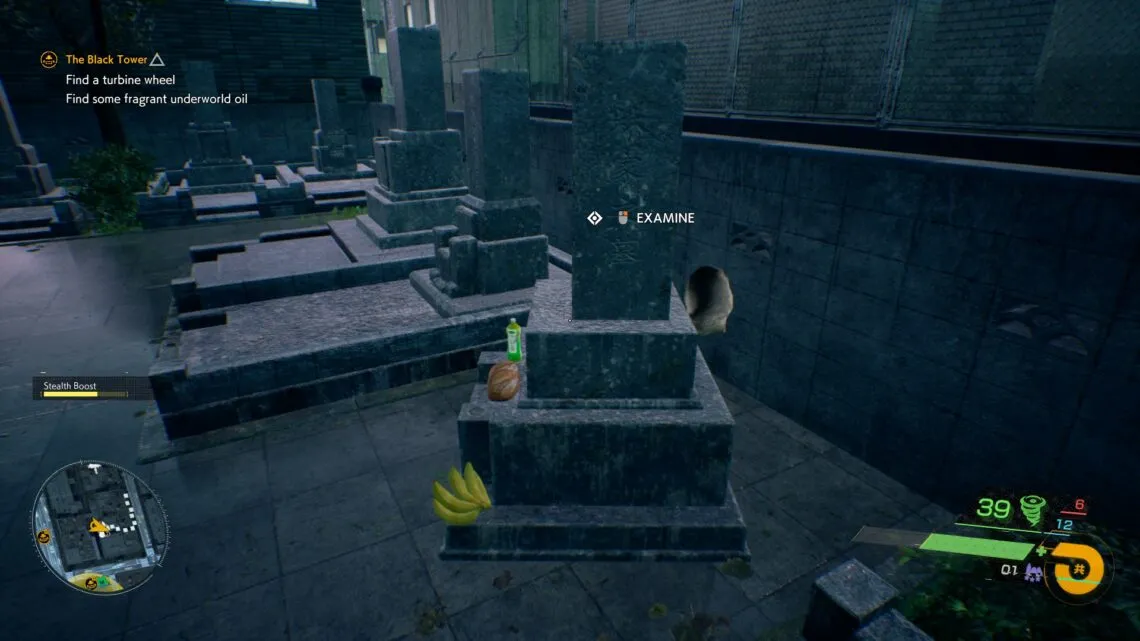 Akito capturing a yokai
Akito capturing a yokai
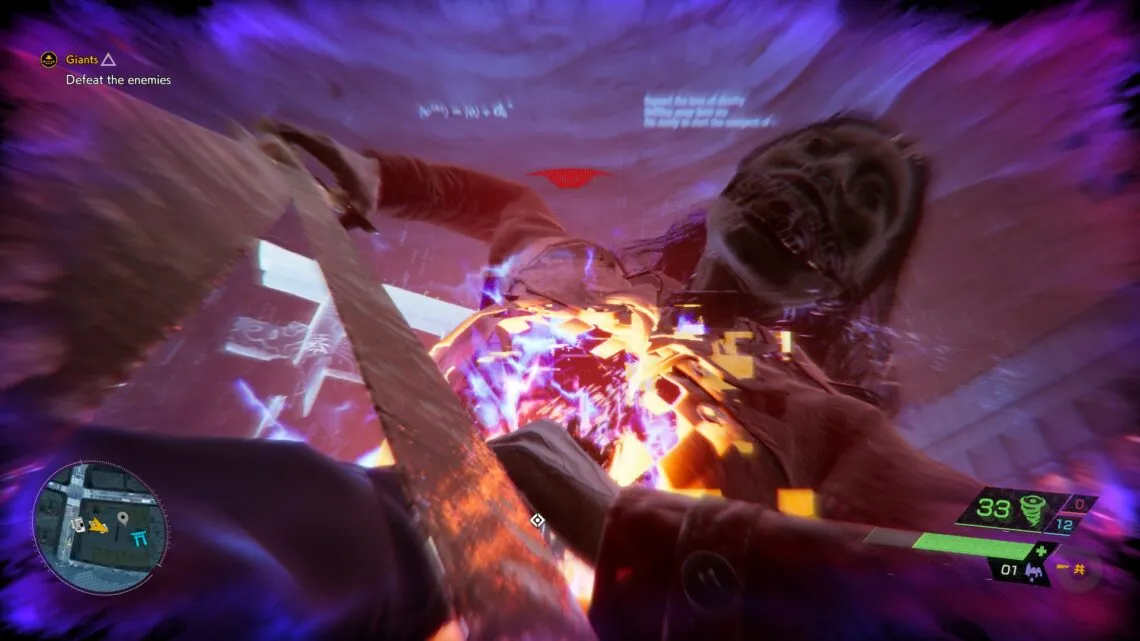 Akito absorbing souls
Akito absorbing souls
The combat system, despite its visually appealing animations, lacks depth. Players utilize three elemental attacks: Wind, Water, and Fire, analogous to standard, shotgun, and sniper weapons. Blocking can mitigate damage and even parry attacks, but the enemy animations make this inconsistent. A bow and arrow mechanic feels superfluous, adding little to the combat experience.
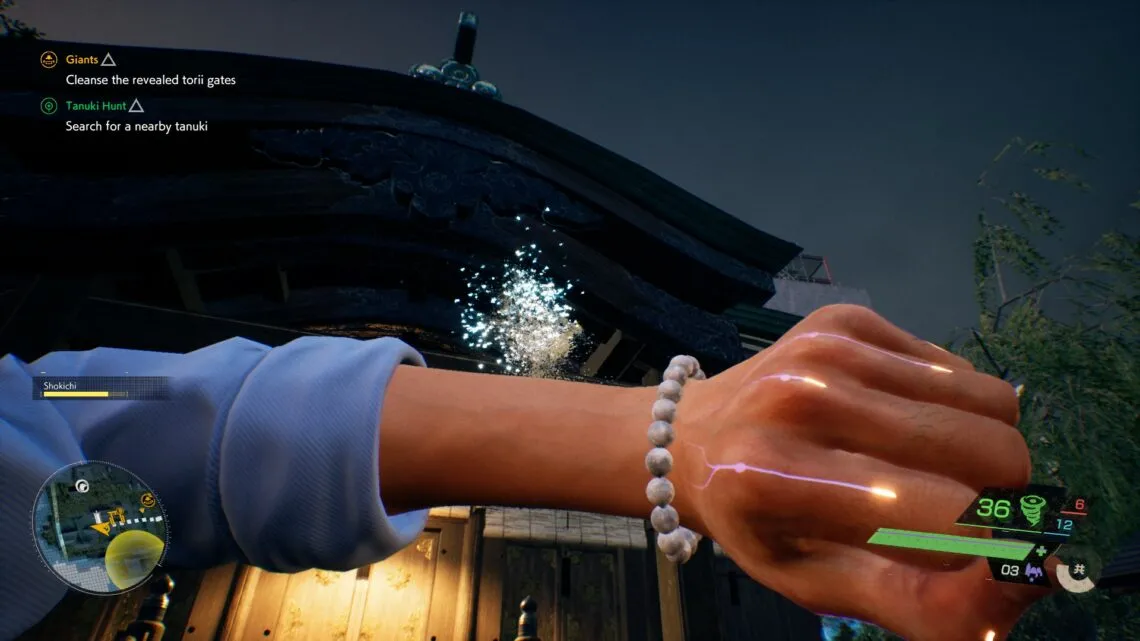 Akito using his powers in combat
Akito using his powers in combat
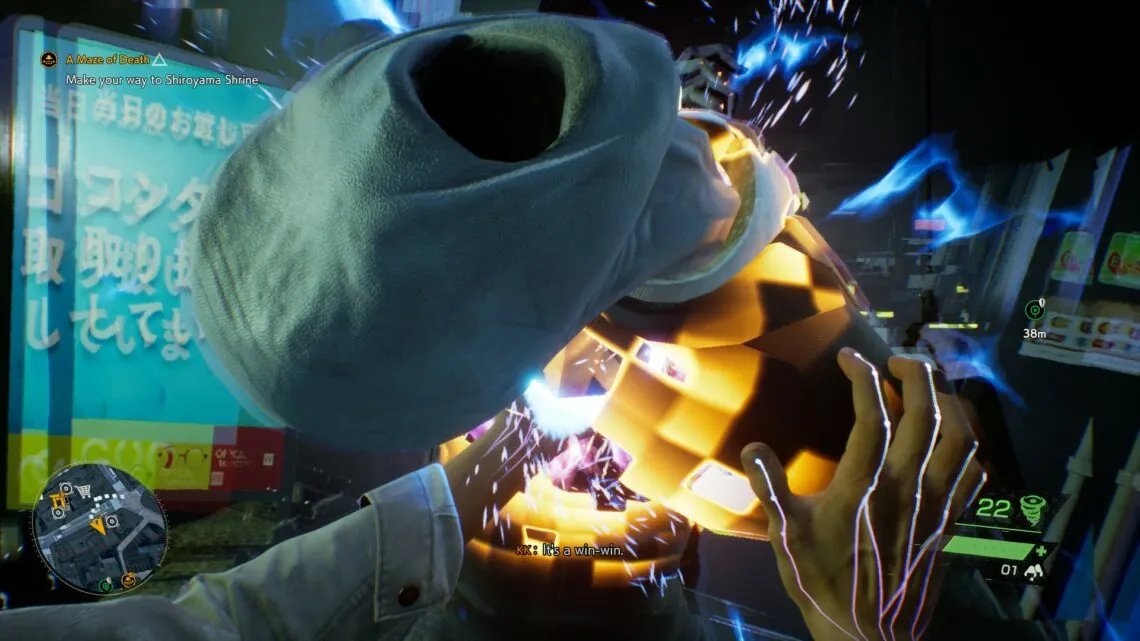 Akito fighting enemies in Ghostwire: Tokyo
Akito fighting enemies in Ghostwire: Tokyo
These repetitive mechanics, coupled with a limited variety of enemies, lead to a sense of monotony, especially in the later stages of the game. While Ghostwire: Tokyo shines in its presentation and narrative, its gameplay fails to capitalize on the game’s unique premise and setting.
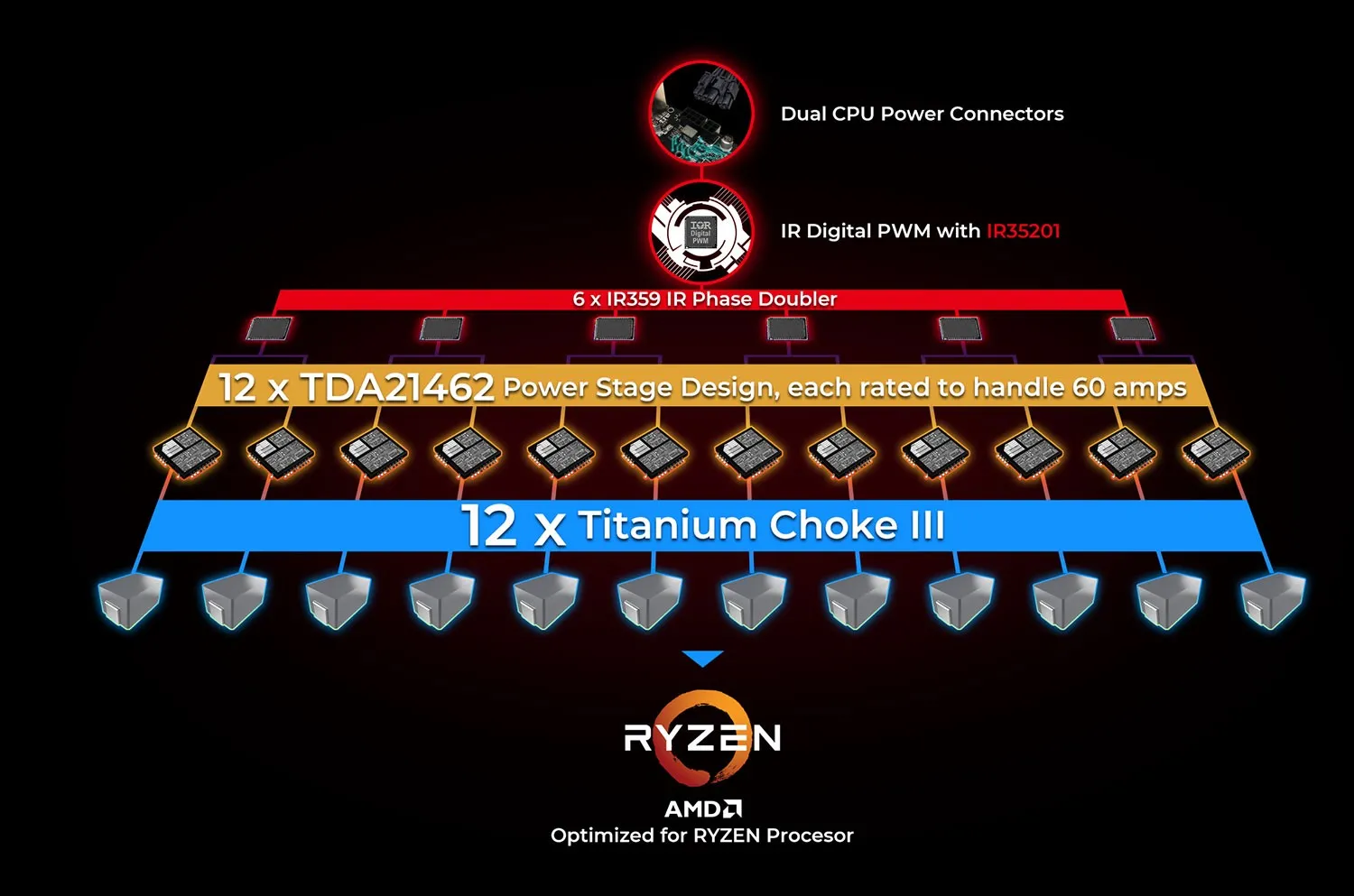


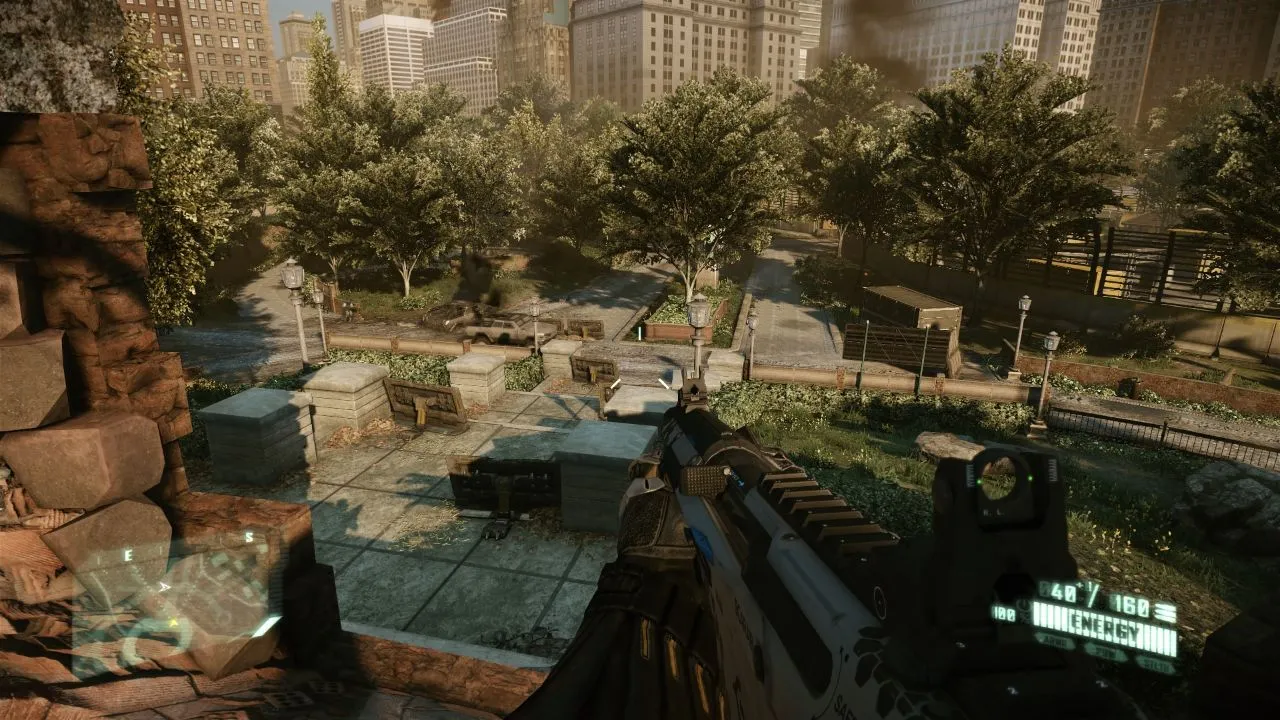

Comments (0)